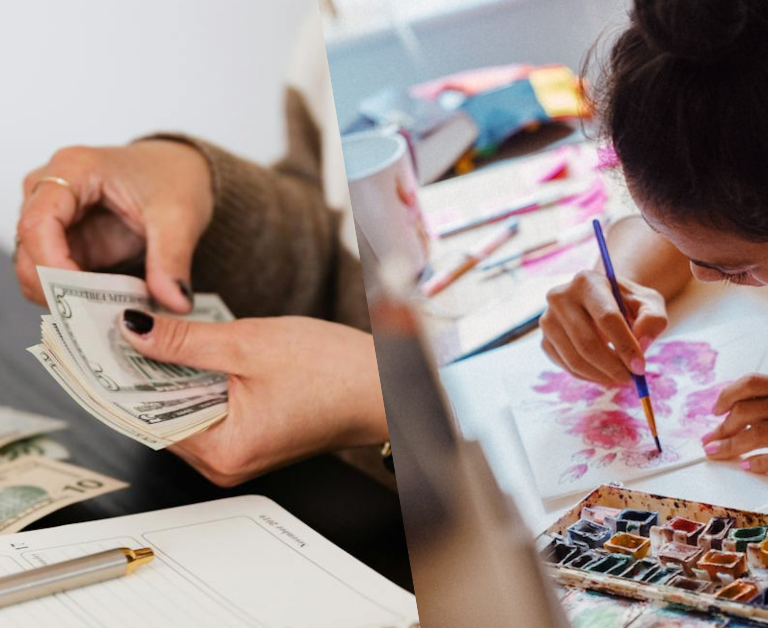In the fast-paced and technologically driven world we live in, fostering creativity in children has become more crucial than ever. As parents, it is our responsibility to create an environment that encourages our children to think outside the box, explore their imagination, and express their unique ideas. In this blog post, we will delve into the ways to support Your child’s creativity, explore practical ways to nurture and inspire their creative minds, and discuss the role of reducing screen time in this process.
Understanding the Importance of Creativity:
Creativity is more than just artistic expression; it is a fundamental skill that plays a pivotal role in a child’s overall development. From problem-solving to critical thinking, creativity is the driving force behind innovation and success in various aspects of life. By supporting your child’s creativity, you are not only fostering a love for the arts but also equipping them with the tools they need to navigate an ever-changing world.
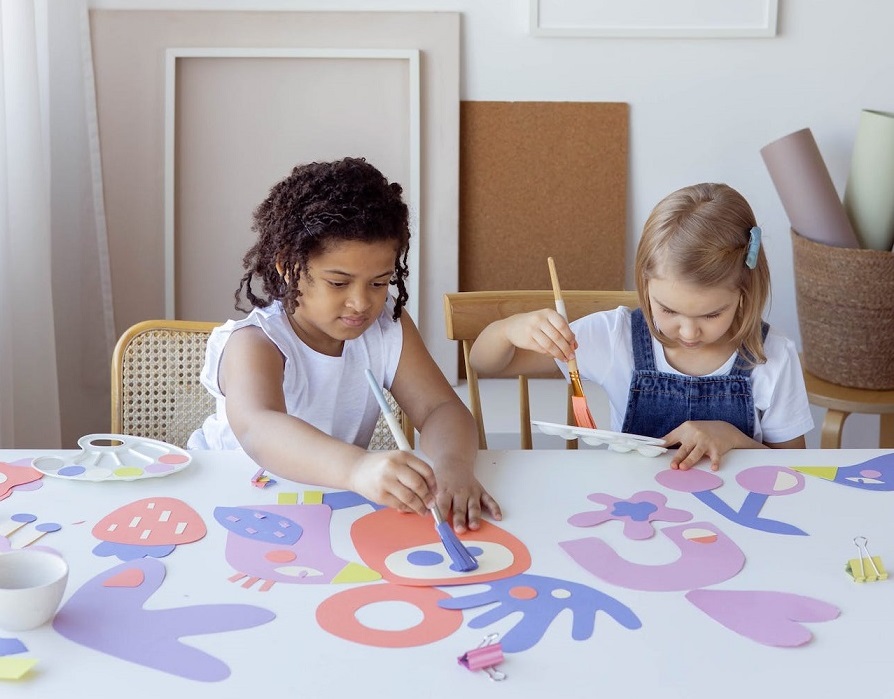
Create a Creative-Friendly Environment:
The first step in nurturing your child’s creativity is to create an environment that fosters imagination and exploration. This can be achieved by providing them with the necessary tools and resources. Designate a space in your home where your child can unleash their creativity without any limitations. Stock it with art supplies, books, musical instruments, and other materials that spark their interest. A dedicated creative space sends a powerful message that you value and support their artistic endeavors.
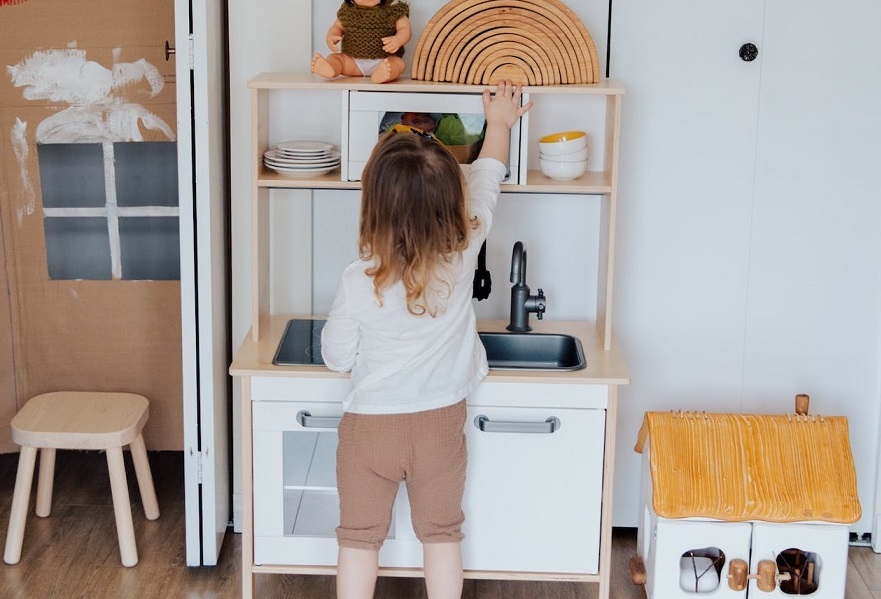
Encourage Curiosity and Exploration:
Children are naturally curious beings, and it is essential to encourage and nurture that curiosity. Provide them with opportunities to explore various interests and hobbies. Whether it’s a visit to a museum, a nature walk, or a science experiment at home, exposing your child to different experiences broadens their perspective and fuels their creativity. Encourage them to ask questions, seek answers, and embrace the joy of discovery.
Embrace Unstructured Play:
In a world filled with schedules and routines, it’s crucial to allow your child unstructured playtime. Unstructured play gives children the freedom to create their own games, stories, and scenarios. This not only stimulates their imagination but also teaches them valuable skills such as decision-making and problem-solving. Resist the urge to micromanage their playtime; instead, observe from a distance and let their creativity unfold naturally.
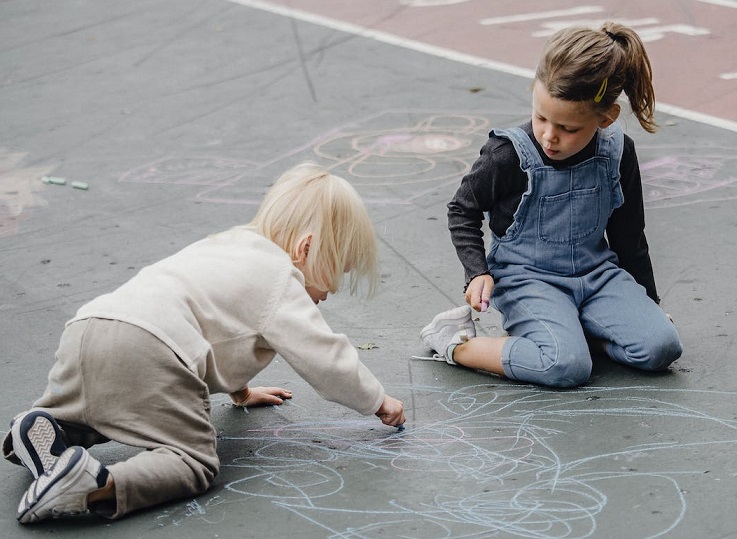
Support a Growth Mindset to support your child’s creativity:
Fostering creativity is not only about the end result but also about the process. Encourage a growth mindset in your child by praising their effort rather than focusing solely on the outcome. Teach them that mistakes are a part of learning and that the creative journey is just as important as the destination. By instilling a growth mindset, you are laying the foundation for resilience, perseverance, and a willingness to take risks – all essential components of a creative mindset.
Engage in Creative Activities Together:
One of the most effective ways to support your child’s creativity is by actively participating in creative activities together. Whether it’s painting, crafting, or storytelling, engaging in these activities as a family not only strengthens your bond but also sets a positive example. Share your own creative pursuits and experiences, and let your child see that creativity is a lifelong journey. Collaborative projects also provide an opportunity for valuable conversations and shared moments of inspiration.

Expose Them to a Variety of Art Forms:
Creativity comes in many forms, and exposing your child to a variety of art forms can inspire new passions. Attend live performances, visit art galleries, or explore different genres of literature and music together. Experiencing the richness of human creativity opens up a world of possibilities and helps your child discover their own unique interests and talents.
Celebrate and Display Their Creations:
Make a conscious effort to celebrate your child’s creative endeavors. Display their artwork around the house, create a “gallery” wall, or frame their masterpieces. When children see that their creations are valued, it boosts their confidence and encourages them to continue exploring their creative side. Positive reinforcement is a powerful motivator and reinforces the idea that their imagination is something to be proud of. Let him participate in online art contest which will increase confidence.

Reduce Screen Time:
In our digital age, reducing screen time is paramount to nurturing creativity. While technology can offer educational benefits, excessive screen time can hinder a child’s ability to engage in imaginative play and hands-on creative activities. Establish clear guidelines for screen use, ensuring that it doesn’t overshadow other forms of play and exploration. Encourage activities that involve physical movement, social interaction, and direct engagement with the tangible world. By striking a balance between technology and traditional forms of creativity, you allow your child’s imagination to flourish.
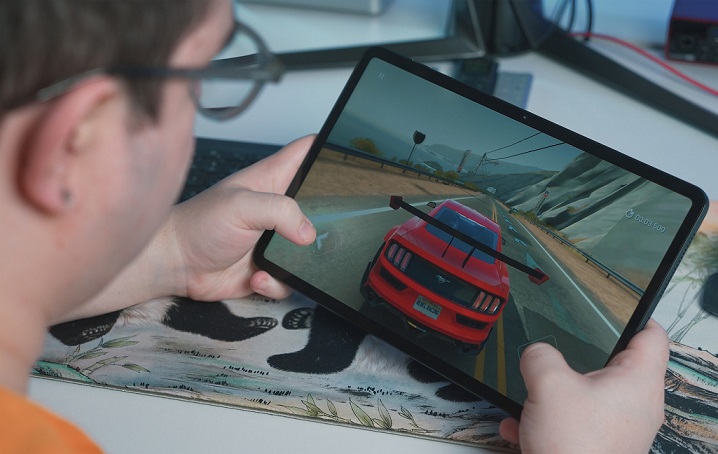
Provide Access to Technology in Moderation:
While traditional forms of creativity are essential, it’s also crucial to recognize the role of technology in the modern world. When used mindfully and in moderation, technology can be a powerful tool for creativity. Introduce your child to age-appropriate apps, educational games, and creative software that encourage imaginative thinking. However, it’s important to strike a balance and ensure that screen time does not replace real-world, hands-on creative experiences.
Encourage a Love for Reading:
Reading is a gateway to imagination. Encourage a love for books from an early age by reading to your child regularly. As they grow older, provide them with a diverse range of literature that sparks their imagination and challenges their thinking. Discuss the stories, characters, and themes with them to enhance their comprehension and analytical skills. A well-read child is more likely to develop a rich inner world and a strong foundation for creative thinking.

Be a Supportive Listener to support your child’s creativity:
Creativity often finds its roots in the fertile ground of a supportive and attentive audience. Be a good listener when your child shares their ideas, stories, or creations. Ask open-ended questions that prompt them to elaborate on their thoughts and encourage them to express themselves. Knowing that their creativity is valued and acknowledged by those they care about boosts their self-esteem and motivates them to continue exploring their imaginative side.
Conclusion:
In conclusion, supporting your child’s creativity is a multifaceted endeavor that requires a combination of a conducive environment, positive reinforcement, and active engagement. By embracing the importance of creativity, incorporating practical tips into your parenting approach, and being mindful of screen time, you are laying the groundwork for a future generation of innovative thinkers and problem solvers. Remember, every child is unique, and the key lies in understanding and nurturing their individual creative spirit. As parents, we have the extraordinary opportunity to be the guiding lights that inspire our children to dream, create, and shape a world filled with endless possibilities.
Frequently Asked Questions (FAQs) – Nurturing Your Child’s Creativity
Q1: Why is creativity important for a child’s development?
Ans 1: Creativity is crucial for a child’s development as it enhances problem-solving skills, critical thinking, and innovation. It fosters a love for learning, encourages self-expression, and prepares children to adapt to an ever-changing world.
Q 2: How can I create a creative-friendly environment at home?
Ans 2: Designate a specific space stocked with art supplies, books, and other materials. Encourage unstructured play, provide diverse experiences, and engage in creative activities together as a family.
Q3: What is the significance of reducing screen time in fostering creativity?
A3: Excessive screen time can limit a child’s engagement in hands-on creative activities. By reducing screen time, you encourage real-world exploration, physical activity, and face-to-face interactions critical for creative development.
Q4: How can I engage in creative activities with my child?
Ans 4: Participate in collaborative projects such as painting, crafting, or storytelling. Making art projects together not only strengthens your bond but also provides a hands-on and enjoyable way to boost your child’s creativity.
Q5: What role does a growth mindset play in supporting creativity?
Ans 5: Fostering a growth mindset emphasizes the value of effort, learning from mistakes, and the importance of the creative process. It instills resilience, perseverance, and a willingness to take risks – all essential elements of a creative mindset.
Q6: How can I expose my child to a variety of art forms?
Ans 6: Attend live performances, visit art galleries, and explore different genres of literature and music together. Experiencing a diverse range of art forms broadens their perspective and helps them discover their unique interests and talents.
Q7: How can I celebrate and display my child’s creative endeavors?
Ans 7: Make a conscious effort to display their artwork around the house, create a “gallery” wall, or frame their masterpieces. Celebrating their creations boosts confidence and reinforces the idea that their imagination is valued.
Q8: How can I encourage a love for reading in my child?
Ans 8: Foster a love for books by reading regularly together. Provide a diverse range of literature to spark their imagination and engage in discussions about the stories, characters, and themes.
Q9: What is the role of being a supportive listener in nurturing creativity?
Ans 9: Being a supportive listener allows your child to express their ideas, stories, and creations. Asking open-ended questions encourages them to elaborate on their thoughts, boosting their self-esteem and motivating further exploration of their imaginative side.
Q10: How do I strike a balance between technology and hands-on creativity?
Ans 10: Provide access to technology in moderation, introducing age-appropriate apps and educational games. Ensure screen time doesn’t overshadow real-world, hands-on creative experiences, allowing your child’s imagination to flourish in both realms.


